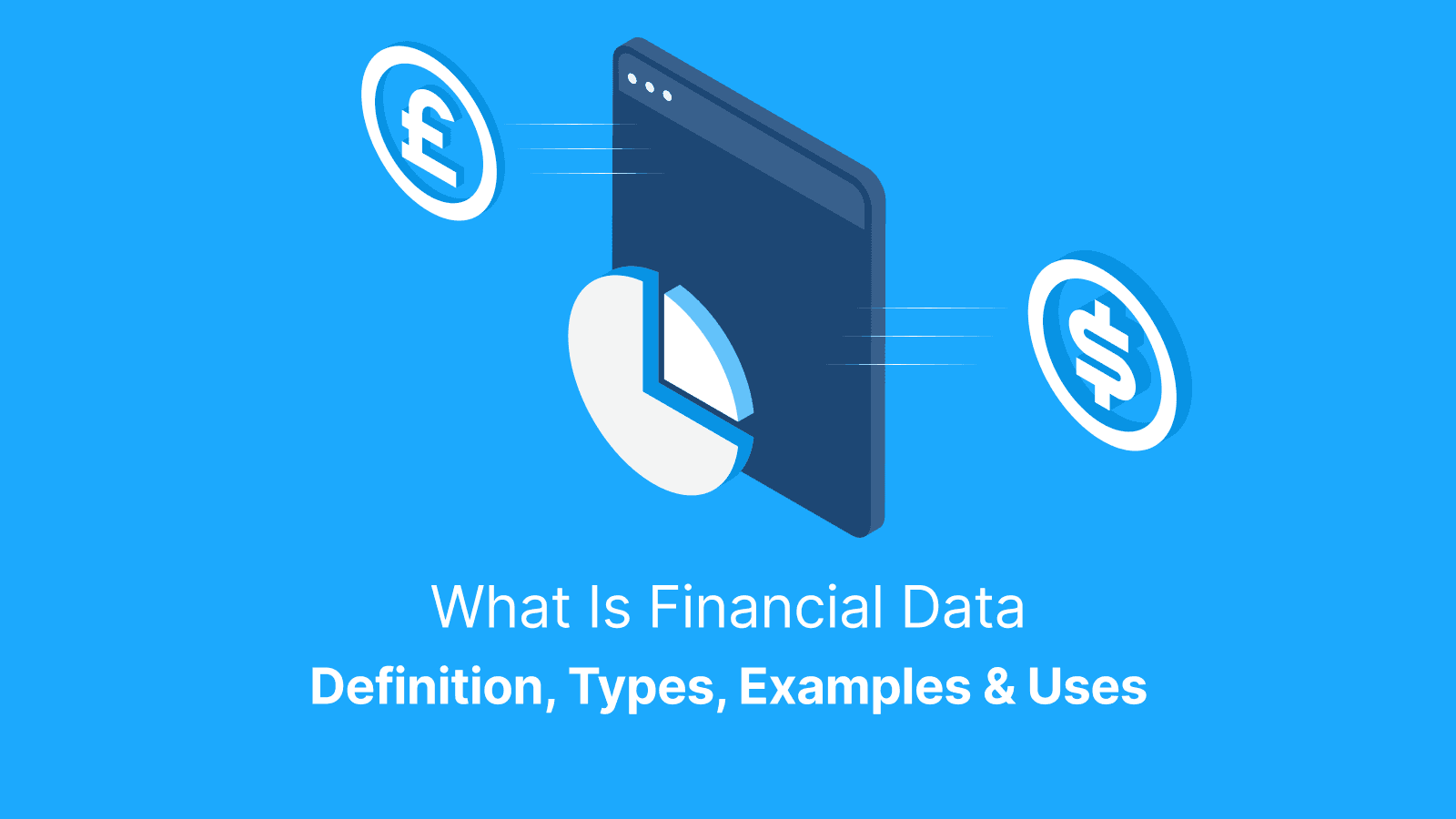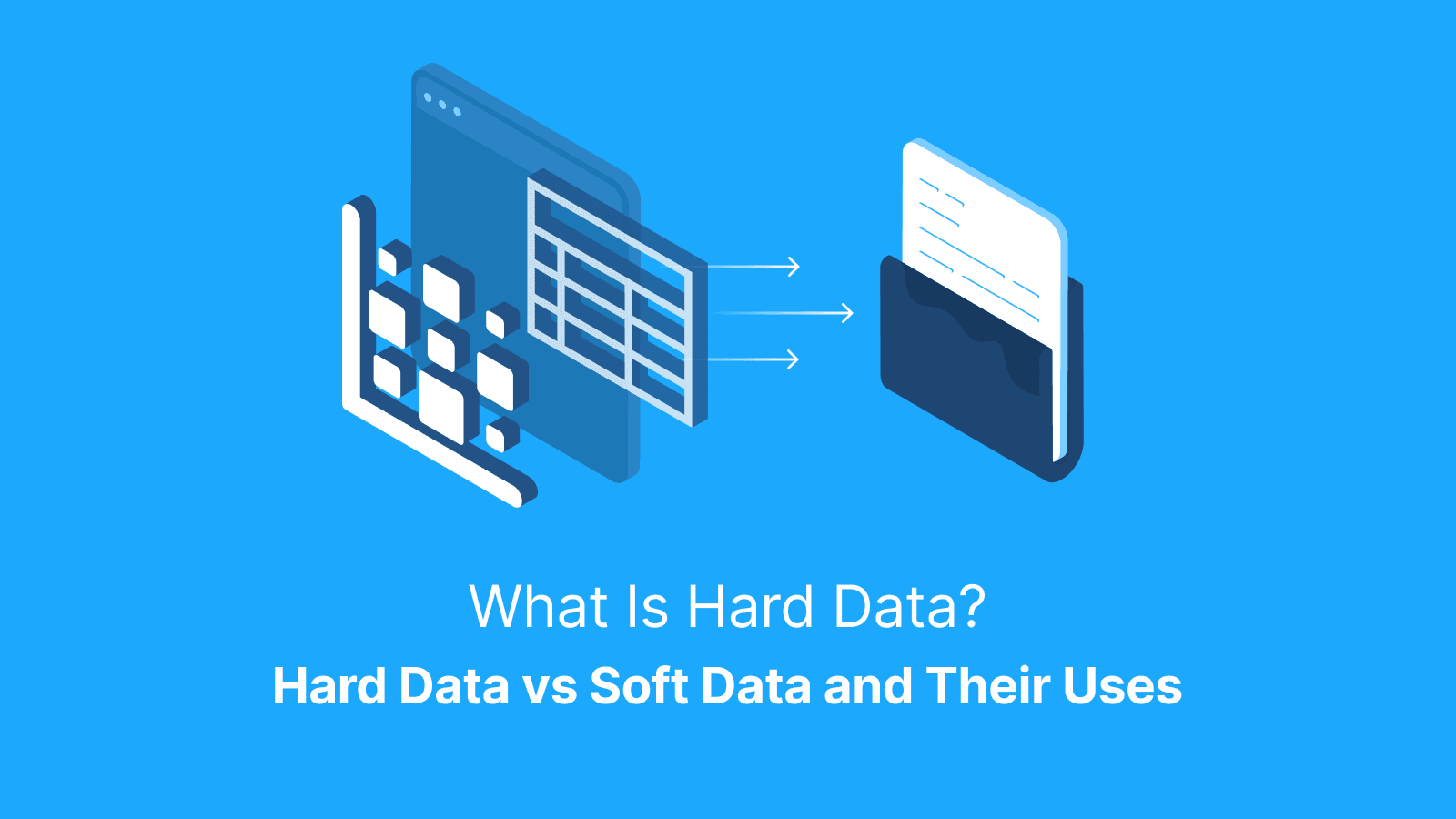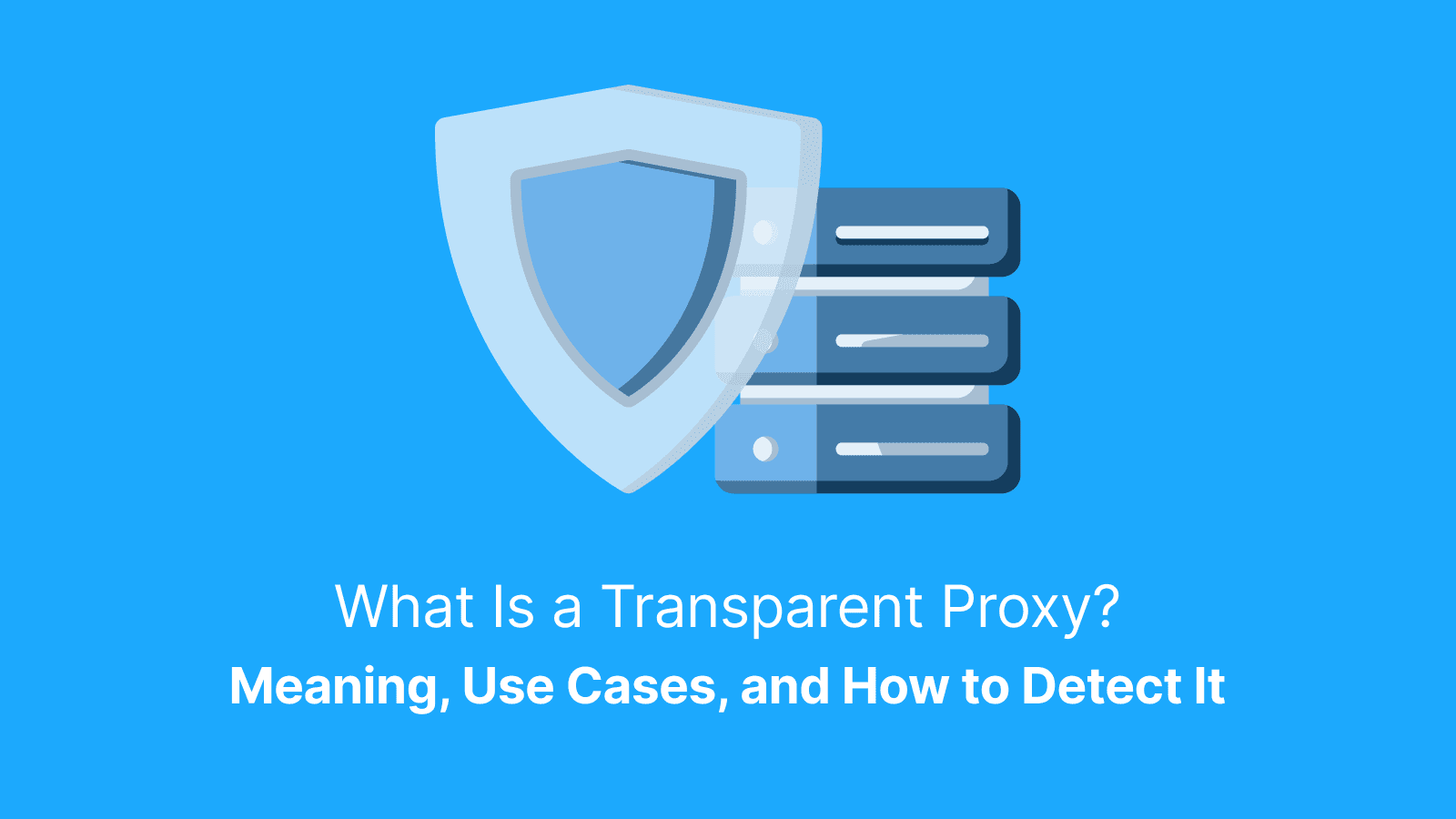Businesses make decisions every day that shape their operations and long-term success. Financial data is the foundation for these decisions, offering critical insights into income, expenses, assets, liabilities, and overall performance.
When used effectively, it can mean the difference between growth and failure. In this guide, we define financial data, explore its key types, and explain how it informs strategy across multiple industries.
What Is Financial Data?
Financial data is the raw or processed figures reported by an organization’s accounting system. That is, it encompasses everything from income and expenses to assets, liabilities, and cash flow. It’s the foundation of financial statements such as balance sheets, income statements, and cash flow statements. This information is vital for analyzing a company’s financial condition at any point in time.
Traditional Financial Data
Traditional financial data are ones that come from conventional sources like financial statements, press releases, and SEC filings. These documents offer a standardized and reliable view of a company’s financial health.
For example, a balance sheet shows a business's revenue, assets, liabilities, and expenses. People who are considering investing in a business can check out the company's quarterly earnings and performance published by the press. Meanwhile, you can also find valuable financial data about a business’s financial standing from Security and Exchange Commission (SEC) filings.
Alternative Financial Data
Alternative financial data is way beyond the usual spreadsheets and filings. This includes less conventional sources like credit card transaction data, posts on social media, and website activity logs.
Organizations compile this data via web scraping, data partnerships, and APIs. Though less standard, this kind of material has transformed into a valuable plus in contemporary financial analysis, as it presents quicker, and often farther-reaching financial understanding.
What are the Types of Financial Statements
The following are kinds of financial reports:
Balance Sheet
The balance sheet is one of the primary financial statements. It gives a summary of the financial balances of an organization. A balance sheet is made up of assets, liabilities, and equity.
Everything the company owns, including cash, inventory, property, and receivables, is known as assets. But liabilities refer to what a business owes, such as loans, accounts payable, and other debts. Equity, on its ow,n is the name given to the owners’ residual interest after liabilities are subtracted from assets.
Income Statement
The profit and loss statement, otherwise known as the income statement, is utilized to demonstrate the degree of profit a business entity is capable of achieving throughout a specifically established timeframe. It unveils both the quantity of monetary assets that entered into the commercial undertaking through revenues and the amount that exited the business operation within the reported period through expenses, leaving the residual amount or net income.
The total earnings accrued by a company through the sale of its offerings or services are considered revenue. Commercial organizations incur costs such as salaries and procurements that are vital for operations, yet reduce the overall profits. The statements aim to illustrate the performance of the business with respect to the top and bottom lines over the duration being reported on, making it a significant financial document.
Cash Flow Statement
The cash flow statement tracks the actual movement of cash in and out of a business over a set period. It breaks cash activity into three categories: operating, investing, and financing. Operating activities reflect cash generated or spent through core business functions like paying suppliers. Investing activities include cash used for things like purchasing equipment or selling assets. Financing activities cover actions such as borrowing money, repaying loans, or issuing stock.
Statement of Shareholders' Equity
The statement of shareholders' equity conveys how a company's ownership equity shifts throughout a fiscal period. It charts core constituents including undistributed earnings, current stock, extra paid-in capital, and dividends. This statement pinpoints movements like net income added to undistributed earnings, dividends paid to investors, and any fresh stock issued or shares reacquired.
Each one of these deeds influences the value of the shares held by shareholders. Moreover, certain significant activities, such as new common stock offerings or treasury stock purchases, can have a considerable impact on the balances reported in this fundamental financial report. Meanwhile, the consistent distribution of dividends to reward patient shareholders regularly influences the retained earnings.
Further reading: What Is a Proxy Hostname? Definition, Examples & Setup Guide and What Is a Headless Browser? Definition, Uses & Examples.
How Is Financial Data Used?
Here are the ways financial data is used:
Investment Analysis
Every investor wants one thing, and that is to guard their investment against losses. Financial data tells investors if a business is in good financial health and likely to remain in business. This data paints a precise picture of how the business’s past performance has been.
Risk Management
Businesses are faced with risk daily. Some of these risks can be prevented and managed when detected on time. When businesses carry out intermittent analysis of patterns in their cash flow and revenue trends, they are able to spot these risks and manage them before they result in an economic downturn for the business.
Budgeting and Forecasting
Without financial data, businesses will be at a loss for what to budget for. But when decision makers study previous business expenses, they are able to set realistic budgets and allocate resources to areas where they are needed.
Who Is a Financial Data Analyst?
A financial data analyst is a finance professional who is tasked with the responsibility of interpreting financial information to help organizations make decisions that would profit them in the long run. The main responsibilities of a financial analyst include:
- Collection and analysis of financial data
- Trend identification
- Creation of detailed financial reports
- Providing guidance on investment, planning, and budget.
Skills and Qualifications
There are skills and qualifications a financial data analyst is expected to have. At the very least, the person must have the following:
- A degree in finance, economics, accounting, or any other related field
- Strong analytical skills
- Solid grasp of financial principles and accounting standards
- Proficiency in statistical methods
- Data visualization and financial modeling skills.
- Proficiency in the use of financial tools like Excel.
- Knowledge of programming languages like SQL, Python is essential. While SQL helps in managing and querying relational data, Python is used for a wide range of tasks, like data manipulation and analysis.
Career Outlook
Data has significantly transformed industries like fintech, banking, and healthcare. Many organizations have been able to come up with strategies and profitable decisions because of data analytics. This rising dependence on analytics has, in no small way, amplified the need for data analysts. The demand for these skilled professionals has continued to increase daily.
Entry-level analysts can grow into senior roles such as financial manager, portfolio analyst, or even C-suite positions like CFO. As should be expected, the increase in demand has made the salaries more competitive. But it doesn't end there. Data analysts who go on to specialize in ESG investing, risk modelling, or even AI-powered analytics have strong career prospects due to rising demand in the field.
Financial Data Software and Tools
There are multiple tools that are specially designed to help manage and analyse data. For instance, software like QuickBooks is designed to help small and mid-sized companies keep track of their expenses and easily manage their cash flow.
If your business needs are more complex, then you will need a tool that can handle that. And that is where Oracle Essbase excels. This tool is the go-to place for things like multidimensional analysis and forecasting. If you are looking for a cloud-based solution where you will get accounting integration, ERP, and CRM functions all in one place, then NetSuite is ideal.
Some companies may need to gather financial insights from external sources. These are functions you can carry out with web scraping. But before you start scraping, ensure you use rotating proxies like the ones Live Proxies offer to maintain anonymity and prevent restrictions.
Features to Consider
Before you decide on the software you will work with, it is important you look out for the following:
- Go for a software that integrates visualization tools like charts, dashboards, and trend lines.
- Opt for a software where you can see the analytics in real-time.
- Whatever software you choose should connect seamlessly with other systems, like CRM platforms. This will make it possible to have a smooth data flow across the organization.
Choosing the Right Tool
Before you select a financial data tool, first understand the goal of your organization. Also consider the size of your company and how complex the data you want to analyse is. Small businesses do not need complex tools, so QuickBooks should do the trick.
The story is different for larger enterprises because they mostly handle more complex accounting records, advanced analytics, and multiple departments and operations. So, what these large enterprises need are tools like NetSuite or Oracle Essbase.
What Is Financial Literacy?
Financial literacy talks about one's ability to understand and apply financial information to budgeting, saving, investing, and debt management. Financial literacy aims to bring individuals to the point where they can handle their personal finances with confidence. It achieves this by combining practical knowledge about money with math skills.
There are many educational programs that focus on helping individuals build these skills early in life. Initiatives like online courses and financial education in high schools have their end goal, which is to make financial data more accessible to everyone.
Educational Initiatives
Many schools now include personal finance in their curriculum. This curriculum covers topics like budgeting, understanding credit, and managing money from a young age. Programs like Next Gen Personal Finance show the efforts that have been made to bring financial lessons into classrooms. Other platforms like Coursera, Khan Academy, and edX also offer free or affordable financial courses.
Impact on Financial Decision-Making
A person's knowledge about money will reflect in how they manage their finances. If people understand how things like interest rates, budgeting, investing, borrowing, and risk work, they will know how to avoid debt traps and plan for the future.
What Is the US Data Privacy Law Applicable to Financial Services Companies?
In the U.S., financial services companies are stringently mandated to adhere to exacting data privacy regulations. These guidelines have been instituted to help safeguard consumer particulars.
Compliance Requirements
The Gramm-Leach-Bliley Act decrees that financial institutions shall take stringent precautions to protect sensitive customer information and elucidate how they circulate persons' information. Meanwhile, across the continent, the liberal-minded California Consumer Privacy Act empowers residents with the right to access, expunge, or opt out of disclosing their particulars. When procuring fiscal particulars from open-source material, agencies should employ privacy-focused tools designed with information security in mind.
Impact on Data Management
Privacy laws like the GLBA and CCPA have changed the way organizations handle and analyze the financial data they collect. It is not just enough to collect data; organizations are now required to prioritize data security. But that's not all. They are also expected to be transparent and accountable so that they do not jeopardise the safety of the individuals behind the numbers. Financial institutions are now seeking better ways to improve security and privacy compliance while dealing with financial data.
Further reading: How to Improve and Automate Data Collection Process? and Web Scraping in Golang (Go): Complete Guide in 2025.
Conclusion
Financial data provides crucial insight for judicious choices concerning both private funds and corporate aims. Grasping the kinds of financial data, how they're employed, and the means and experts that bring them to being is pivotal for remaining competitive in today's complex economic environment.
FAQs
What is financial data?
Financial data refers to information about an entity’s pecuniary activities. For example, earnings, costs, properties, liabilities, and liquid assets are vital for assessing stability, backing judgments, and deriving understandings.
What are the types of financial data?
Financial data includes both traditional and alternative types. Traditional data comes from structured sources like balance sheets, income statements, and SEC filings. Alternative financial data includes less conventional sources such as credit card transactions, web traffic, and social media activity.
How is financial data used in business?
Financial data supports vital business processes like budgeting, forecasting, investment analysis, and risk management. It helps organizations track performance, allocate resources, plan strategically, and make informed financial decisions.
What does a financial data analyst do?
The duties of a financial data analyst include trend analysis, financial model design, the collection and interpretation of financial data, as well as offering advice on finance-related matters.
What are some financial data software tools?
QuickBooks is a popular financial data tool for small business accounting. For businesses that are running larger and more complex operations, Oracle Essbase and NetSuite are perfect for integrated cloud-based financial management and modelling.
Why is financial literacy important?
Financial literacy is very important because it equips individuals with the skills they need to make smart decisions when it comes to saving, spending, investing, and managing debt.
What US laws govern financial data privacy?
Some U.S. laws that guide the way institutions handle financial data include the Gramm-Leach-Bliley Act (GLBA), and the California Consumer Privacy Act (CCPA).




